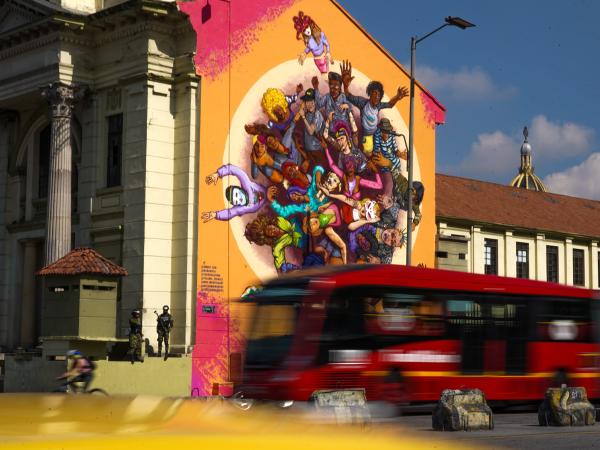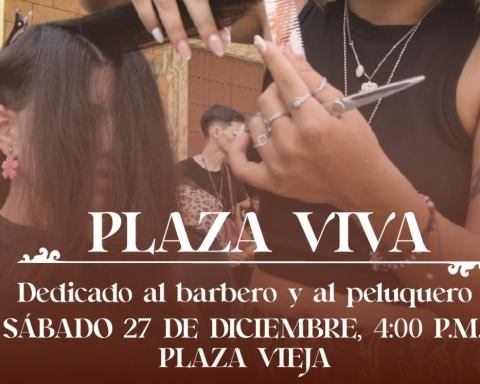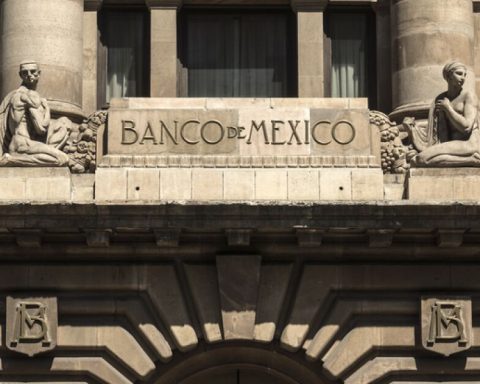The creative economy, also called the orange economy, is one of the fastest growing branches of activity in the world, supported by its resilience and sustainable development capabilities, which stand out in the midst of the turbulent times we are experiencing.
(Orange economy: 2.61% of GDP despite investment of $24 billion).
This is one of the main conclusions drawn by the most recent ‘Panorama of the creative economy 2022’ report published by the United Nations Conference on Trade and Development (Unctad).
“The creative economy has become a sector of growing social, political and economic interest (…) Despite recent challenges, the creative economy remains a critical sector for sustainable development”, pointed out Rebeca Grynspan, secretary general of Unctad.
Within the report, the United Nations organization recognized Colombia’s progress in this area, being one of the ten Latin American countries that has a public policy or institutions that are responsible for leading them.
The rest of the countries in the region that also have a public policy are: Chile, Ecuador, Guatemala, Honduras, Mexico, Nicaragua, Panama, Paraguay and Peru.
Delving into the report, the document highlighted the achievement of the ‘agreement for the protection and promotion of the orange economy’ (2018-2019) of the government of Iván Duque and the comprehensive public policy of the orange economy (2020), as part of those institutional efforts to develop the sector. Likewise, he also pointed out the creation of satellite accounts to measure the contribution of these activities.
(Orange Economy is no more: Petro government will knock it down).
Within the report, he also identified the key sectors for development in the country such as the audiovisual sector, the advertising industry, the music industry and the digital industry.
According to the report, between January and September 2021, a total of 490,770 people were employed within this sector in the country. At the time, the cultural industries represented 25.1% of the employees in Bogotá in this period.
creative economy.
File, Archive
Delving into the performance of this sector in the country’s capital, the Department of Culture, Recreation and Sports (SCRD) of the District recently revealed the results of the ‘Satellite Account of Culture and Creative Economy of Bogotá’, where it highlighted that the value aggregate of this economic activity was $13 billion so far in 2021.
This is a figure that represented 5.2% of the total added value of the city.
Among other figures highlighted in the report, it stands out that between 2020 and 2021, the added value of cultural activities grew 13.7% in the city, while others such as the financial grew 3.4% or construction fell 2%.
Throughout 2021, 168,001 people were employed in the sector in the country’s capital, a figure that, according to Julieth Solano, deputy director of Dane“represented 32.1% of the national employed”without counting those that are linked to tourism activities.
(Orange economy: an industry to squeeze).
Catalina Valencia, district secretary of Culture, Recreation and Sports, mentioned that the objective is “Promote economic growth with the generation of employment, income, sales and its expansion at a national and international level.” It is worth noting that the results of the Satellite Account presented correspond to the 2014-2021 period, where the economic behavior and the impact of the covid-19 pandemic on the sector could be felt.
With the publication of this report, it was also known that the added value of the Arts and Heritage area exceeded $1.6 billion in 2021, which is equivalent to 12.1% of the added value of culture and the economy in Bogotá.
In addition, the area value of conventional cultural industries reached $2.7 billion last year, 19.6% of the added value of this industry in the capital city. On the other hand, the added value of functional creations was $9.4 billion, 68.3% of the added value in Bogotá. A few months from 2023, Valencia seeks that culture be “important in the transversal agenda of the city and the country”.
He added that there is “a huge job to be done” in order to maintain the budget for the sector “because culture budgets tend to go down, and it is important to maintain sustainability.” Therefore, he asked the private sector to “commit more to cooperation in cultural development.”
With the entry of the new government there will be a change in the Ministry of Culture regarding the terms used to refer to this activity.
A few days ago, the entity filed a bill to make structural changes within the institution, such as changing the name to ‘Ministry of Cultures, Arts and Knowledge’ and adjusting the term ‘orange economy’ used by the Administration of Ivan Duke.
This name would be replaced by “cultural and creative economy” in order with the “continuous reiterations” by the international community.
The term “orange development areas” would also be adjusted for “Creative and Cultural Districts” and that of the Vice Ministry in charge.
According to the Unctad report, worldwide trade in goods and services “generates higher income for countries” and it is highlighted that service exports far exceed their goods counterpart.
According to data from the document, world external sales of creative goods went from US$419 million in 2010 to US$524 million in 2020, while services increased from US$487 million to almost US$1.1 trillion during the same period.
Since 2011, developing economies have exported more creative goods than developed countries. Between the period 2002-2020, developing States added US$296 million to US$229 million from their counterpart.
The global numbers of the creative economy
In accordance with the Unctad report, global trade in goods and services “generate higher income for countries” and it is highlighted that service exports far exceed their goods counterpart.
According to data from the document, world external sales of creative goods went from US$419 million in 2010 to US$524 million in 2020, while services increased from US$487 million to almost US$1.1 trillion during the same period.
Since 2011, developing economies have exported more creative goods than developed countries. Between the period 2002-2020, developing States added US$296 million to US$229 million from their counterpart.
Roberto Casas-Lugo


















